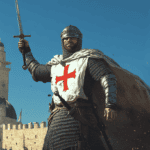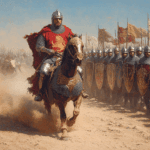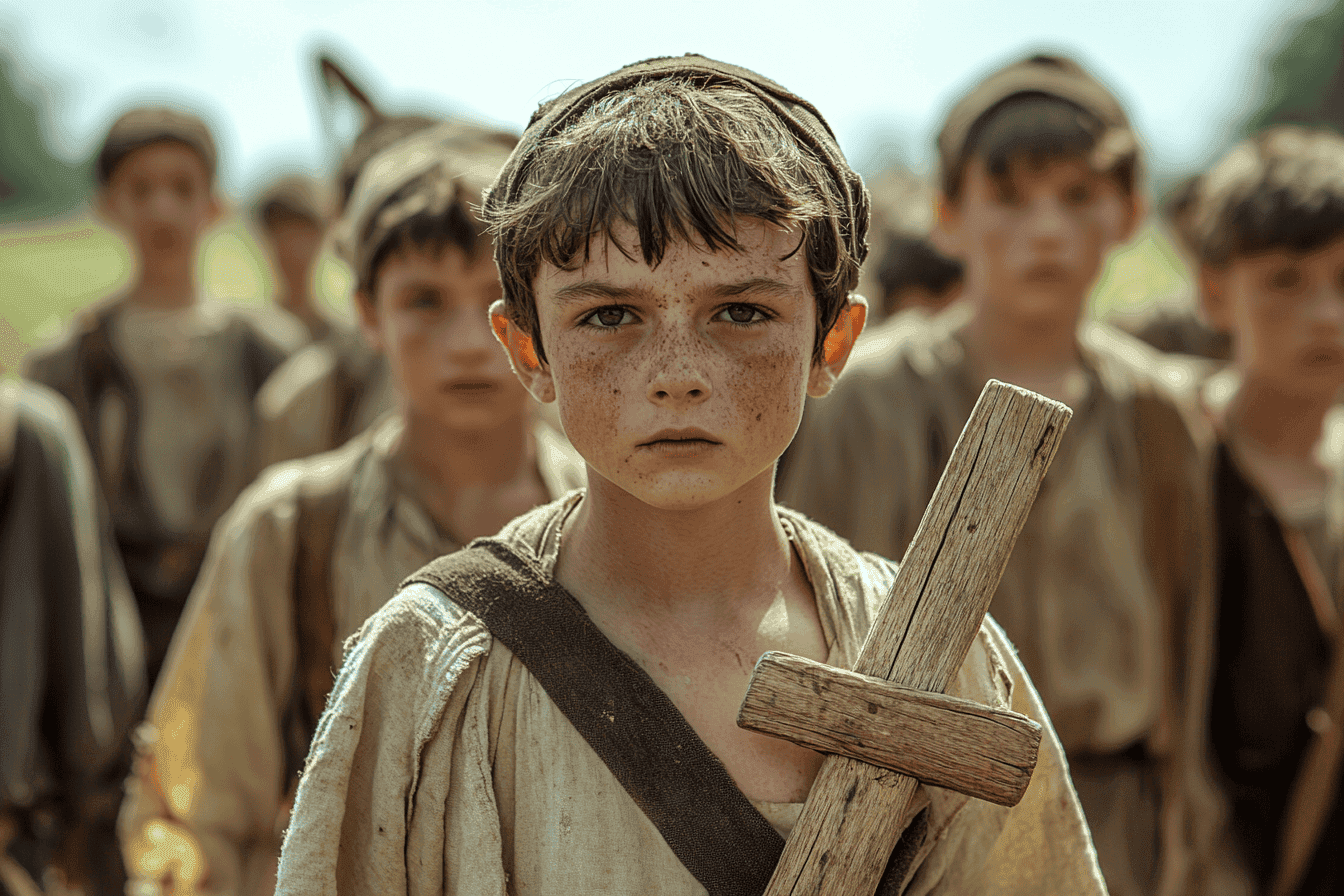
In the annals of medieval history, few events capture the imagination and evoke as much sorrow as the Children’s Crusade of 1212. This ill-fated expedition, born from the fervent religious zeal of the Middle Ages, stands as a poignant reminder of the power of faith, the vulnerability of youth, and the devastating consequences of misguided ambition.
Origins and Leaders
The Children’s Crusade was not a single, unified movement, but rather two separate events that occurred almost simultaneously in France and Germany. These movements were led by charismatic young boys who claimed to have received divine visions, inspiring thousands to join their cause.
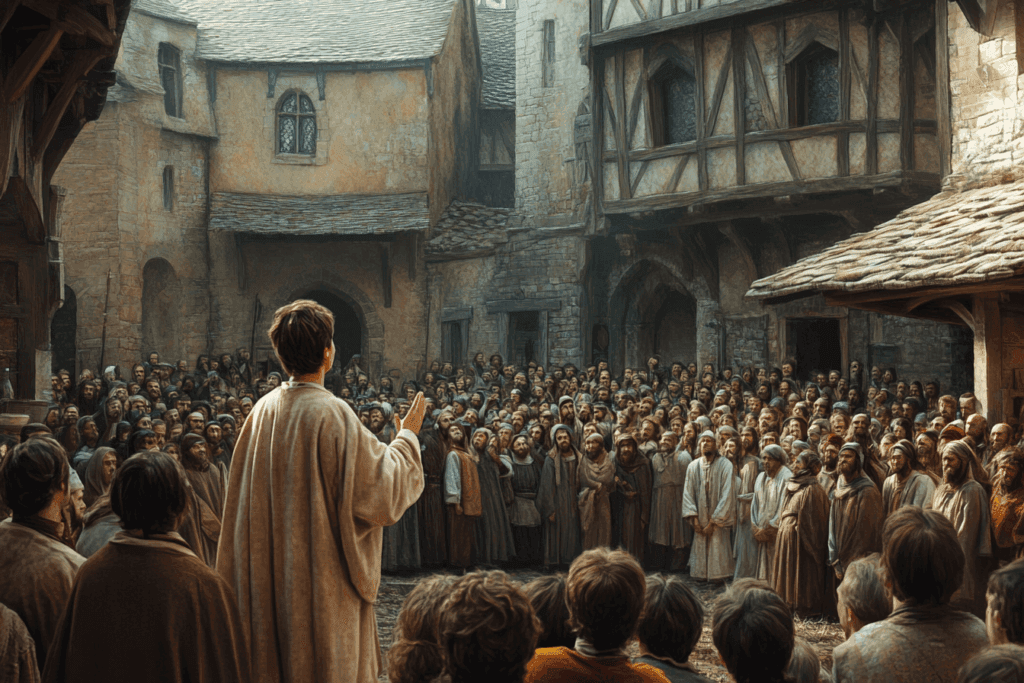
Stephen of Cloyes
In France, the crusade was initiated by Stephen of Cloyes, a 12-year-old shepherd boy from the village of Cloyes-sur-le-Loir. Stephen was said to be a gifted public speaker, capable of moving crowds with his impassioned rhetoric. According to legend, he claimed to have received a letter from Jesus Christ himself, instructing him to lead a crusade to recapture Jerusalem.
Stephen’s message spread rapidly throughout France, attracting a following of both children and adults. He preached that God would provide for their needs during the journey and that their pure faith would succeed where previous crusades had failed.
Nicholas of Cologne
Simultaneously in Germany, another young boy named Nicholas of Cologne reported a similar divine vision. Like Stephen, Nicholas believed he had been chosen by God to lead a crusade to the Holy Land. His message resonated with many, and he too gathered a large following of children and young adults.
Both Stephen and Nicholas shared the belief that their youth and innocence would allow them to accomplish what seasoned warriors could not. They preached that God would part the Mediterranean Sea, allowing them to walk to Jerusalem on dry land, much like Moses and the Israelites crossing the Red Sea.
The Journey Begins
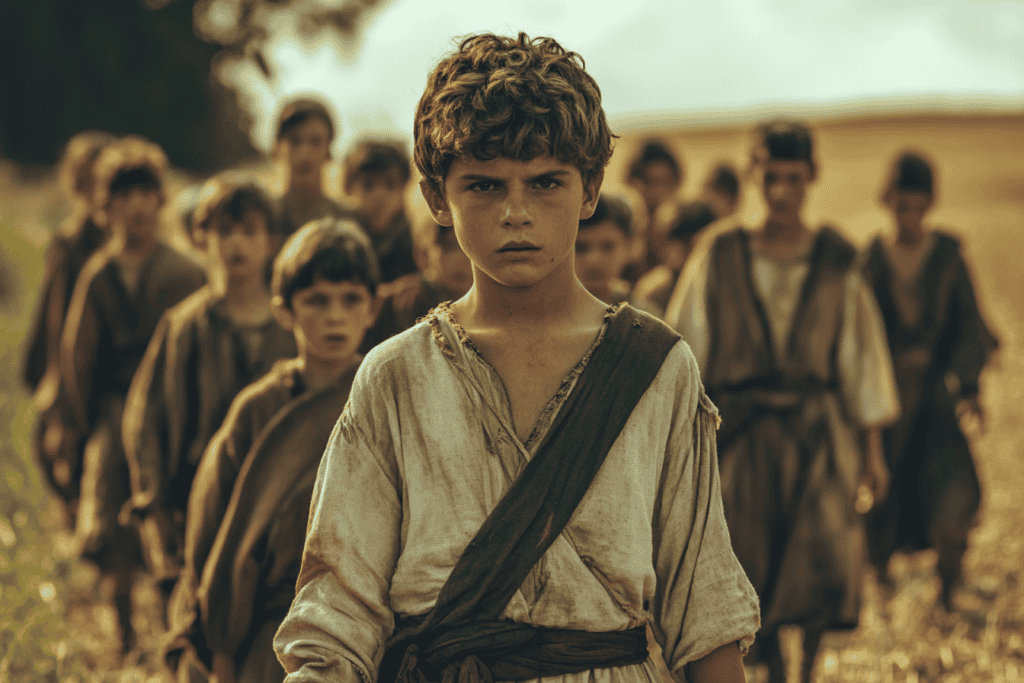
The French Crusade
Stephen’s followers, estimated to number between 15,000 and 30,000, assembled at Saint-Denis near Paris in June 1212. Many of these were children and adolescents, some as young as six years old. The group set out towards the Mediterranean, believing that their faith would overcome all obstacles, it did not. Most participants were ill-equipped for the long journey, lacking adequate food, clothing, and other necessities, leading to many deaths from starvation, exposure, and disease. The summer of 1212 was unusually hot, making the journey even more difficult. Water was scarce due to drought, adding to the death toll.
Neither of the young leaders, Stephen of Cloyes and Nicholas of Cologne, had the knowledge or ability to lead such a large expedition. They had no clear strategy or plan of action.
King Philip II of France, concerned about the potential for civil unrest, ordered the would-be crusaders to return home. Despite this setback, some accounts suggest that a portion of Stephen’s followers continued their journey, eventually reaching Marseilles.
The German Crusade
Nicholas and his followers, also numbering in the thousands, began their journey from Cologne. They crossed the Alps, facing numerous hardships along the way. Many of the children died from hunger, thirst, and exposure to the elements. Those who survived eventually reached Genoa, Italy.
Tragic Outcomes
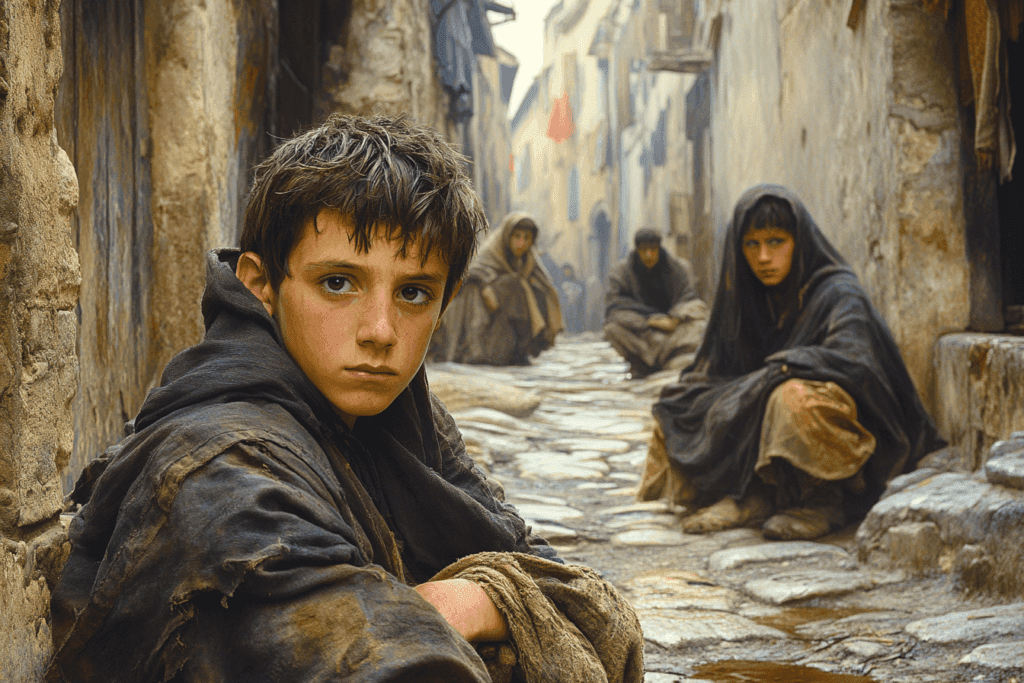
The outcomes of both crusades were disastrous. Contrary to the children’s beliefs, the Mediterranean Sea did not part for them so they could walk to the Holy Land. In Genoa, Nicholas’s followers were met with disappointment and disillusionment. Many of the children, penniless and far from their homes, were forced to settle in the city facing desperate futures.
Others attempted to find passage to the Holy Land. The fate of those who continued their journey is shrouded in mystery and tragedy. According to some accounts, unscrupulous merchants in Marseilles offered to transport the children to the Holy Land by ship. However, instead of delivering them to their intended destination, these merchants allegedly sold many of the children into slavery in North Africa.
It’s important to note that the details of these events are largely based on legend and folklore, and the exact number of participants and their fates are not well-documented. However, it is clear that the Children’s Crusade ended in tragedy, with many young lives lost or irreparably altered.
Historical Context and Significance
The Children’s Crusade occurred during a period of intense religious fervor in medieval Europe. It was preceded by several major crusades launched by European powers to reclaim Jerusalem and the Holy Land from Muslim control.
The idea of a crusade led by children emerged from this context of religious enthusiasm and the belief in the power of faith to overcome seemingly insurmountable obstacles. It reflected the medieval concept of the innocence and purity of children, as well as the belief that God might favor the faithful young where adults had failed.
The Children’s Crusade had a profound impact on European society and the Catholic Church. The tragic fate of so many young participants shocked communities across the continent and led to widespread criticism of the Church for not doing more to prevent the disaster. However, it did not stop the Church from calling for a new crusade just a year later which would eventually become the unsuccessful Fifth Crusade. For Pope Innocent III, the moral of the Children’s Crusade was not the thousands of wasted young lives but a call for more efforts to conquer Jerusalem: “the very children put us to shame, while we sleep they go forth gladly to conquer the Holy Land.”

